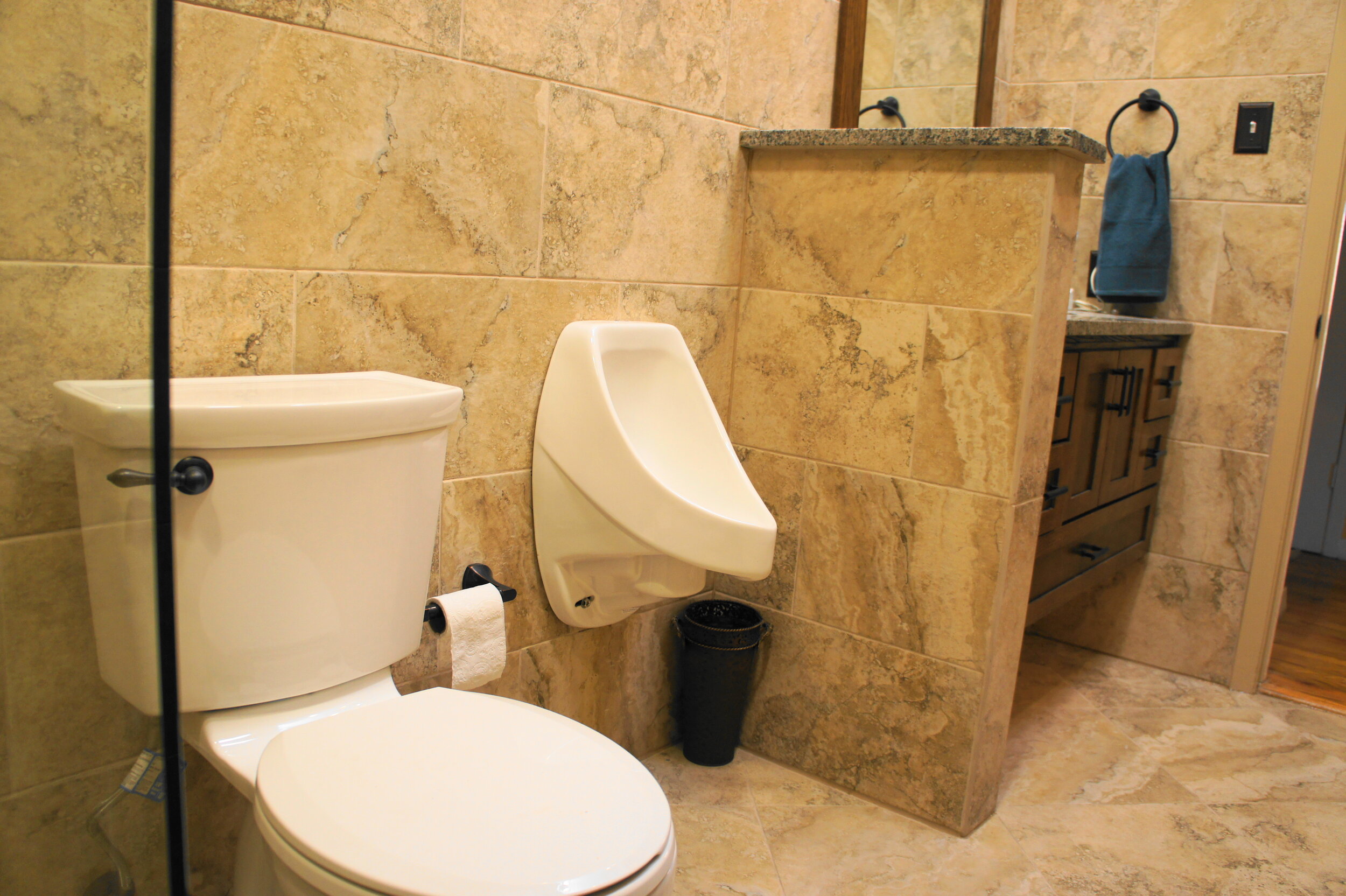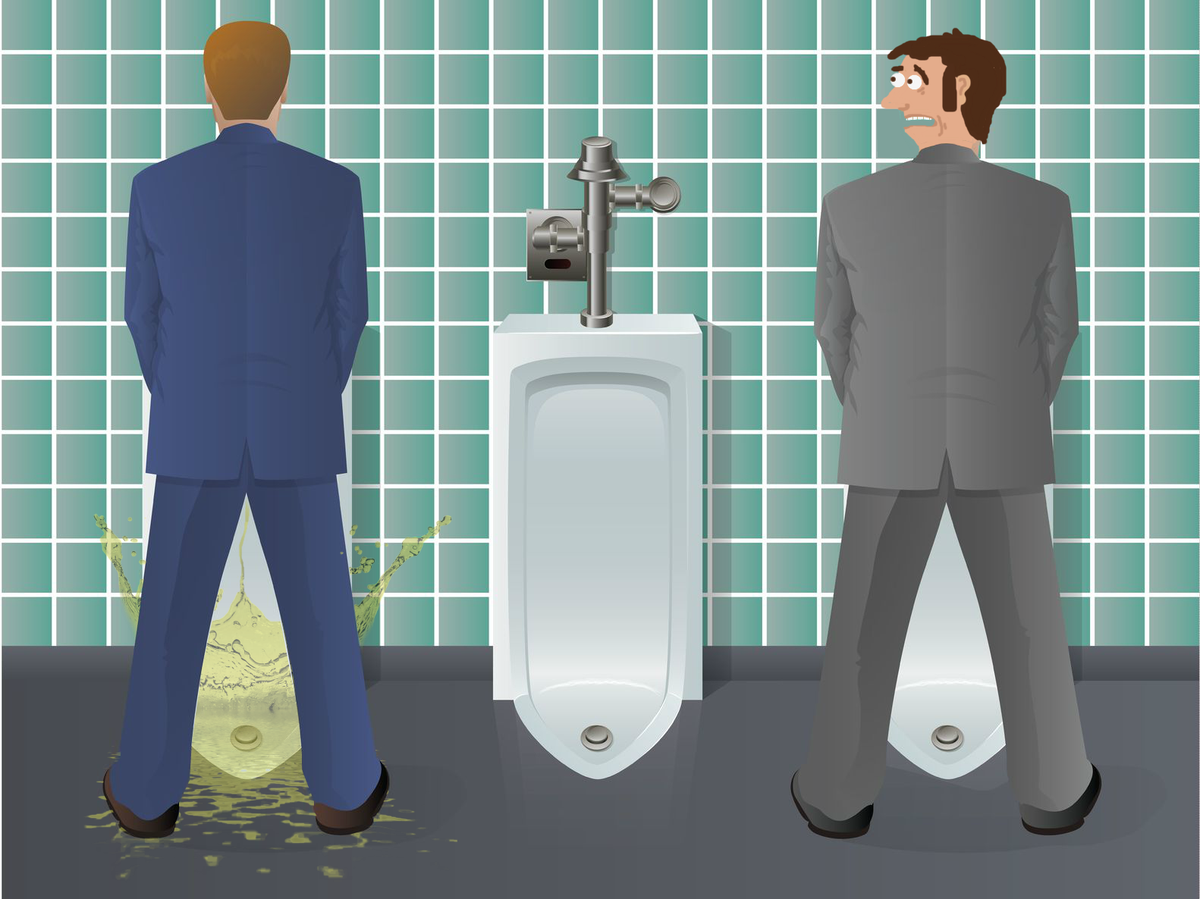Recent studies indicate that the selection and installation of waterless urinals are on the increase and should continue to rise for from here on.
Most of these studies were conducted using manufacturers and distribution data as well as information provided by hundreds of retailers worldwide. This is a useful way to determine sales.
However, there is another way to determine the popularity of a product.
Popularity can be predicted by finding out how often the name of the product is used. And to find this out, we can use a tool called an n-gram viewer.
Google has the most popular n-gram viewer available. The system searches how often a specified term is used in thousands, if not millions, of books and related publications over a particular time period.
Let’s look at an example.
If we use an n-gram viewer to determine how often the word "television" has been used over time, we find that surprisingly, the term was being used as early as the late 1800s. However, the meaning of the word "television" then may not be how we use it today. Most likely, it is not even the same thing.
More relevant to our investigation, the n-gram tells us that the use of the word "television" really took off in the early to mid-1920s. I wonder if this has anything to do with the fact that most of the initial research into television technology started in the early 1920s. Think so?
And maybe as well because the first successful demonstration of television was on September 7, 1927, in San Francisco, California.
So, now that we have a better idea of how an n-gram works, let's see what it tells us about the words "waterless urinal."
What we find is that before 1900, the term “waterless urinal” was never used. The word "urinal" was being used, having been developed in the late 1800s, but the words “waterless urinal” together were not part of the vernacular.
However, starting in 1900, the term was being used, reaching a peak in 1907. Sure enough, waterless urinals first came on the market in Europe in the 1900s. We should point out, however, these urinals were not built using the same technologies we use today.
By about 1911, the number of times we find the words “waterless urinal” in books and publications was just about zilch.
But eighty years later, in 1991, use of the term started climbing again. Why 1991? That was when Waterless Co., Inc., introduced waterless urinals in the United States.
After that, the popularity of the term continued to climb, until about 2004, when it declined slightly. At that time, it was revealed that some water-free systems were causing odor problems, which may have caused the downslide.
The situation reversed itself again in 2007. The n-gram shows another jump in the use of “waterless urinals” and it appears to be continuing.
Although we cannot use an n-gram to determine actual sales numbers or the sales performance of any product, we can still learn a lot. Based on how often the term “waterless urinal” is being used today, it looks like there is more interest in the product, and most likely this is because more people are selecting them for their homes and commercial facilities.


























